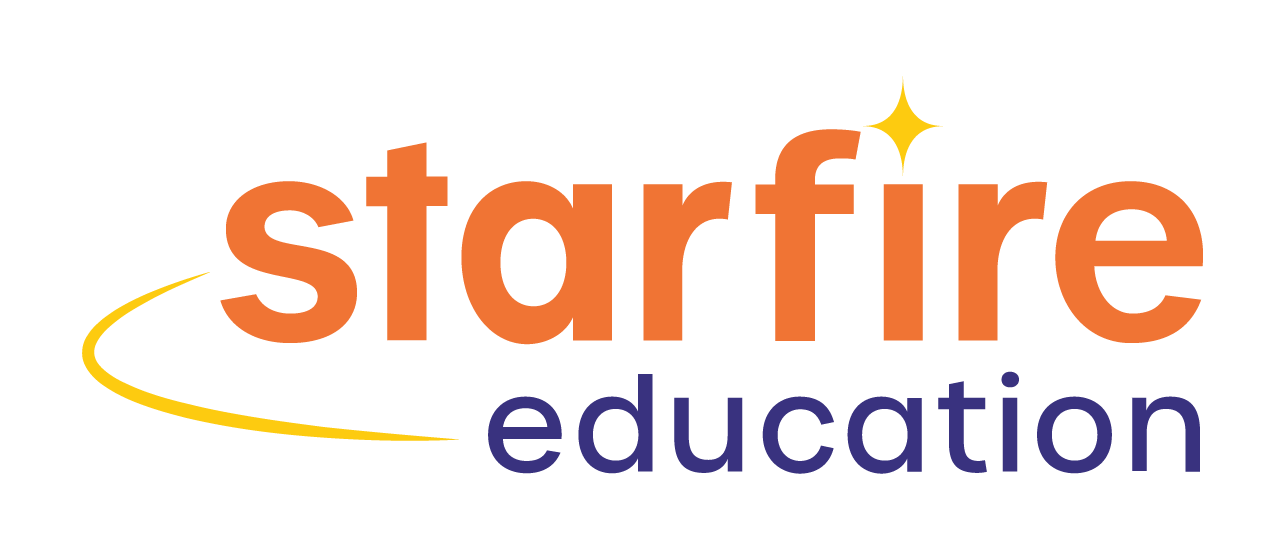What’s it like to learn with Supriya?
Starfire students thrive with coaching from fun & passionate mathematicians, scientists, engineers, programmers, design thinkers, and artists!
Team member Supriya is making her mark in the classroom, sparking a love of coding for her students with coding lessons that center creativity and fun.
Supriya I.
After a decade in corporate strategy and marketing, Supriya found her calling in teaching. Her transition to the social sector from the corporate sector brought her to Katha, an organisation in India working in education at a grassroots level. With training in Indian classical music and western music, she practised pedagogies using storytelling and music to bring children into reading.
Since joining Starfire, Supriya has developed engaging fun ScratchJr and Scratch curriculum. Kids new to coding respond to her passion for STEAM learning and thrive in her classroom.
Why learn with Starfire?
With coaching from STEAM professionals, Starfire students develop a deep conceptual understanding of STEAM concepts. Kids gain the inner confidence to persist and persevere to solve challenging problems.
Our teachers create fun, emotionally and intellectually safe, supportive learning environments. Starfire teachers inspire intellectual and personal growth in their students. Teachers love what they do and their passion is inspirational!
"My daughter has been participating in the Scratch Jr. program since the Fall of 2020 when she started Kindergarten. It has been wonderful to see her interest in coding spark with the wonderful teaching of Supriya. She looks forward to class every week and her self esteem has really grown."
-M.D.
Give your child the advantage of learning with a passionate STEAM educator! Join our classroom today!















